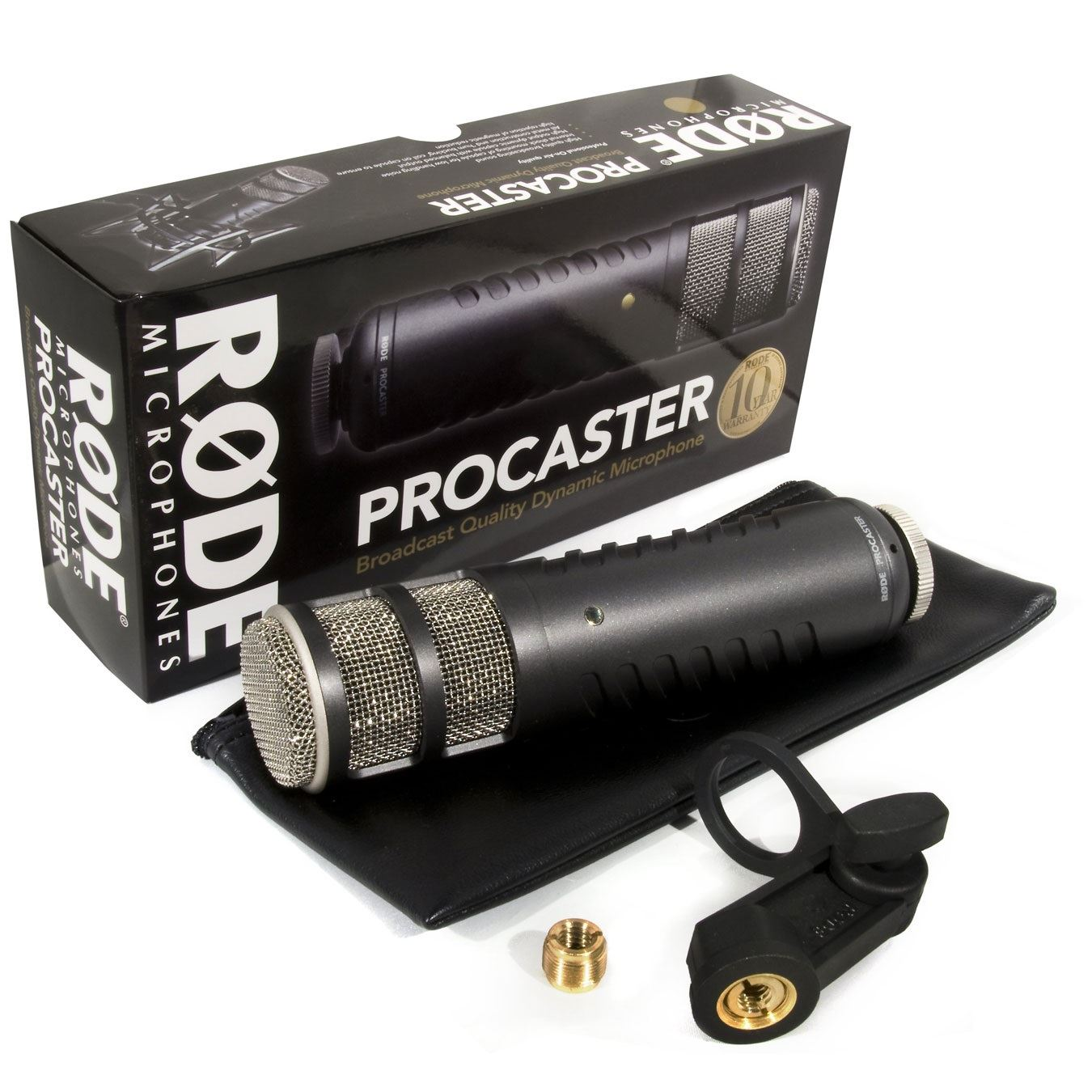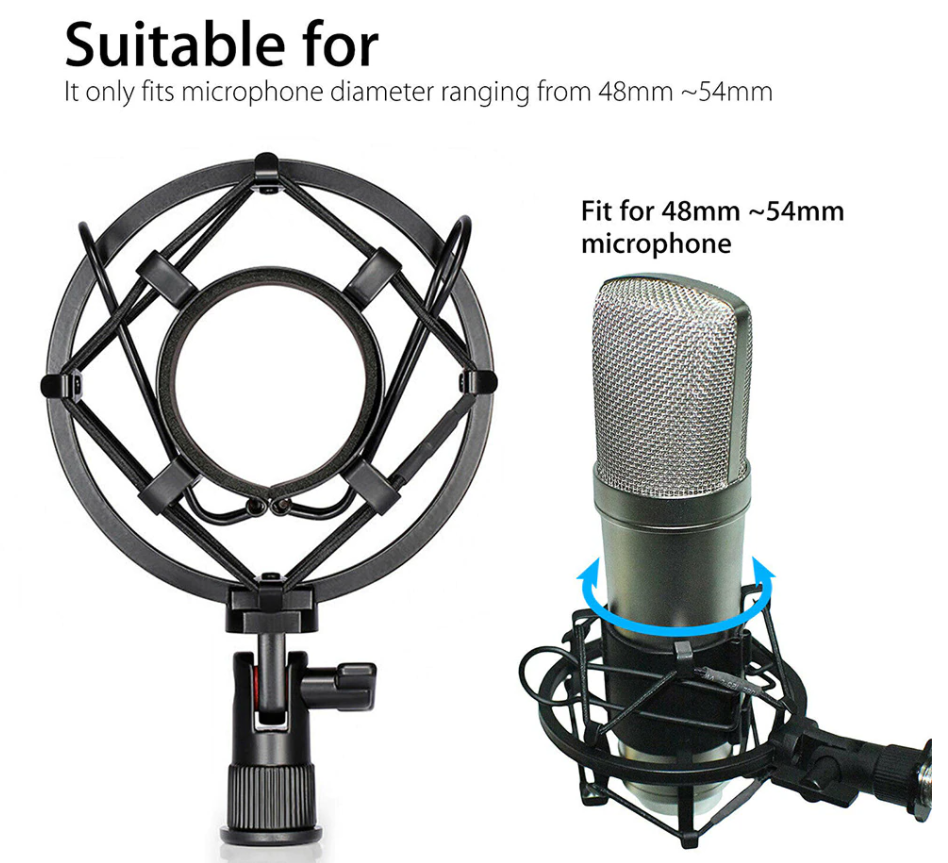I recently purchased a Rode Procaster, and decided to try it out on my Yaesu FTDX3000. I am happy to report that this is an excellent microphone! I am generally a DX'er and a long-distance (5,000 mile+) rag chewer, so the following settings make for a clean sound with a bit of bite (but not overly so), with about 0 to 5% compression. For close-in rag chews, up the bandwidth at Menu #104 to something like 200-2800, or wider, and lower the numbers on the high end toward the default specs.
Please note that a pop shield or sponge is an absolute necessity with the Procaster, unless you "talk across" the front of it, to control plosives. It's not a very plosive-friendly microphone. It is, however, as close as you are going to get to an Electrovoice RE20, at around half of the cost. If you can't afford either of these two excellent mics, I suggest looking into the $25 Behringer XM8500, which is a steal, and also sounds excellent, with proper EQ'ing.
So here are HL1ZIX's EQ settings from thestingyham blog, for the Rode Procaster, and the Yaesu FTDX3000. You should note that I like to "eat the mic" with these settings, and get in so close I touch the sponge, to take advantage of the Procaster's "proximity effect". This is partly why I cut the lows so much. The proximity effect adds a lot of bass, which will overload your ALC if you don't trim it out. The overall effect is, however, a very forward low-end sound:
168 TX AUDIO P-PRMTRC EQ 1 FREQ 200
169 TX AUDIO P-PRMTRC EQ 1 LEVEL -17 (you might prefer -15)
170 TX AUDIO P-PRMTRC EQ 1 BWTH 2
171 TX AUDIO P-PRMTRC EQ 2 FREQ 1500
172 TX AUDIO P-PRMTRC EQ 2 LEVEL -3
173 TX AUDIO P-PRMTRC EQ 2 BWTH 1
174 TX AUDIO P-PRMTRC EQ 3 FREQ 2700
175 TX AUDIO P-PRMTRC EQ 3 LEVEL 6
176 TX AUDIO P-PRMTRC EQ 3 BWTH 5
Incidentally, these aren't bad for the Yaesu MH31b stock hand mic, either. I find this really great at the 300-2700 setting on Menu #104, for DX'ing, if you push it to the top of the ALC to get about 0 to 5% compression. If you want a bit wider signal, change #104 to 200-2800. Not having your radio tuned to a proper SWR level may affect the ALC. If you like a really thin signal with more bite, change Menu #104 to 400-2600.
The settings above are with PROC (compression) enabled. I have my COMP/PROC (menu item 177 to toggle from TX PWR, then turn the far left inside knob, next to MOX button) set to 45. If you want to run these settings without compression, apply them to menu numbers 159 to 167, and turn PROC off.
Of course, you might tweak the EQ FREQ (frequency) numbers a bit, per your voice. But remember, little tweaks in the frequency are probably where you'd need to make a change, if any. Once you start changing the LEVEL or BWTH (bandwidth), you might find you compression ability suffers, or you could overdrive the ALC. My other Yaesu radios acted differently, but the FTDX3000 seemed especially finicky with wanting to overdrive the ALC.
My numbers seem to have angered at least one purist on QRZ. These are settings for a DX sound, rather than a "dull, wet blanket" BBC sound. The high frequency level and bandwidth of menu items 174 to 176 are set in this way to both create just enough high-end bite, which is good for DX comms, I tested this remotely via WebSDR, from 3,000 and 5,000 miles. If you choose to set those high frequencies to a lower level and bandwidth, you may find it difficult to achieve processing/compression of a useful level for DX (and that's OK, if a more smooth sound is your goal).
Of course, you might tweak the EQ FREQ (frequency) numbers a bit, per your voice. But remember, little tweaks in the frequency are probably where you'd need to make a change, if any. Once you start changing the LEVEL or BWTH (bandwidth), you might find you compression ability suffers, or you could overdrive the ALC. My other Yaesu radios acted differently, but the FTDX3000 seemed especially finicky with wanting to overdrive the ALC.
My numbers seem to have angered at least one purist on QRZ. These are settings for a DX sound, rather than a "dull, wet blanket" BBC sound. The high frequency level and bandwidth of menu items 174 to 176 are set in this way to both create just enough high-end bite, which is good for DX comms, I tested this remotely via WebSDR, from 3,000 and 5,000 miles. If you choose to set those high frequencies to a lower level and bandwidth, you may find it difficult to achieve processing/compression of a useful level for DX (and that's OK, if a more smooth sound is your goal).
These settings also allow you to drive the ALC to a higher level without exceeding it, and create about 2% to 5% compression at the top of the ALC scale (with my voice). Please set your Mic Gain level so that it does not exceed the limits. You may find your FTDX3000 takes 5 or 10 minutes to "warm up" before the ALC acts properly. I find mic levels reduce a bit, after a few minutes. Check your levels often.
I have found that Yaesu's parametric settings are not the same for every radio. The ALC and COMP can act differently on each rig. Your radio might even differ at bit, so I suggest you listen via an SDR receiving station online, and make adjustments to your sound. Always watch that ALC, and do not exceed it, lest your signal become "dirty". Here is a map to Kiwi SDR sites, but you may have to search yourself, if their link changes:
Map of SDR Receivers
Lastly, I find the shock mount accessory for this mic prohibitively expensive. This shock mount is cheap, but works really well. If the link dies, just search to find a shock mount for a 48mm-54mm microphone. The same model is sold by various sellers. I have purchased from AliExpress for over 5 years, and had very good luck:
https://www.aliexpress.com/item/4000491039037.html?spm=a2g0o.9042311.0.0.4d264c4dUTefd0
You can also find a sponge on AliExpress for cheap, and help stop the Plosive P-pops. The mic is about the same size as the popular AT2020, so the same sponge fits:
https://www.aliexpress.com/item/1005001551880794.html?spm=a2g0o.9042311.0.0.27424c4dQXYelV




No comments:
Post a Comment